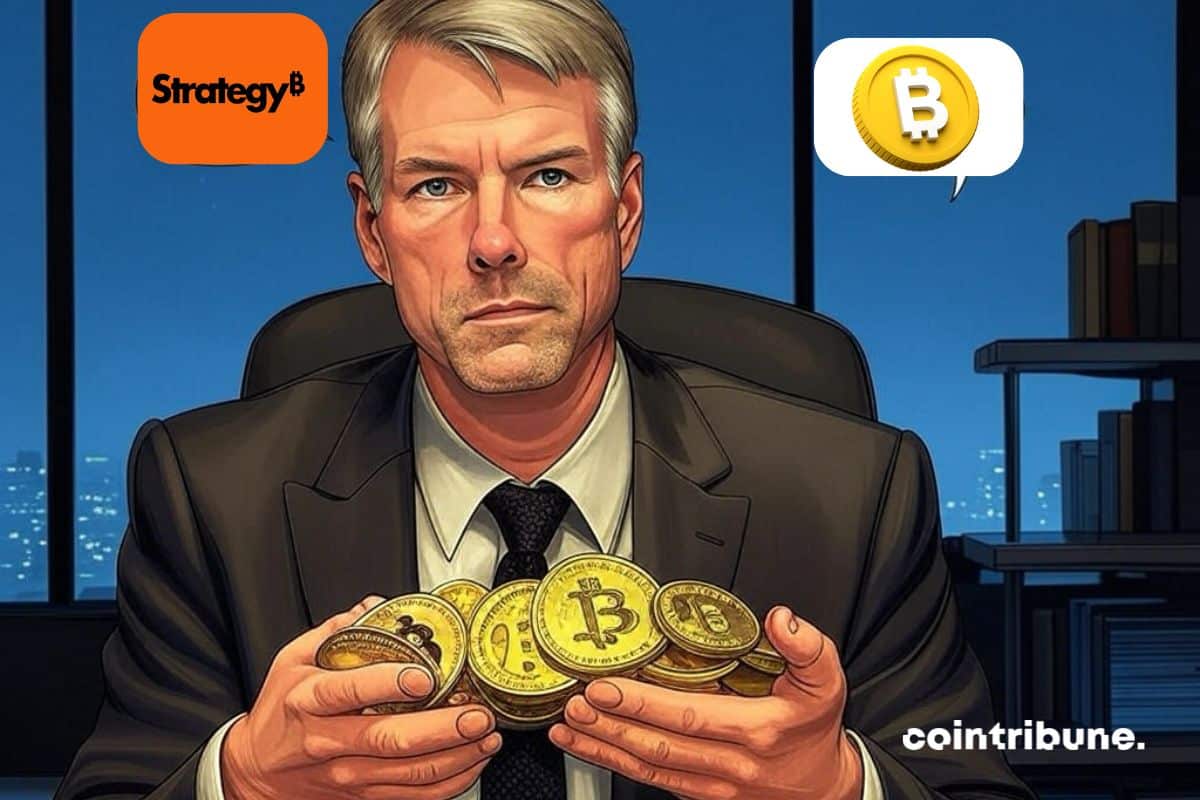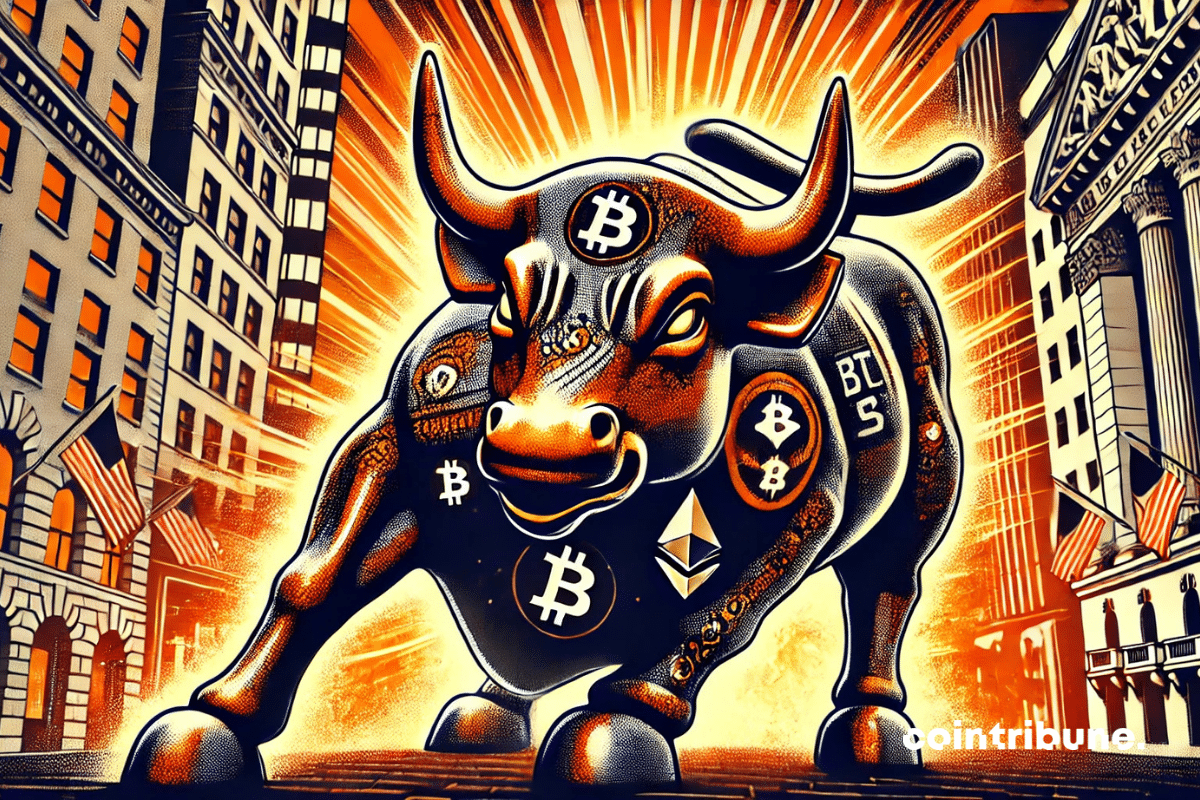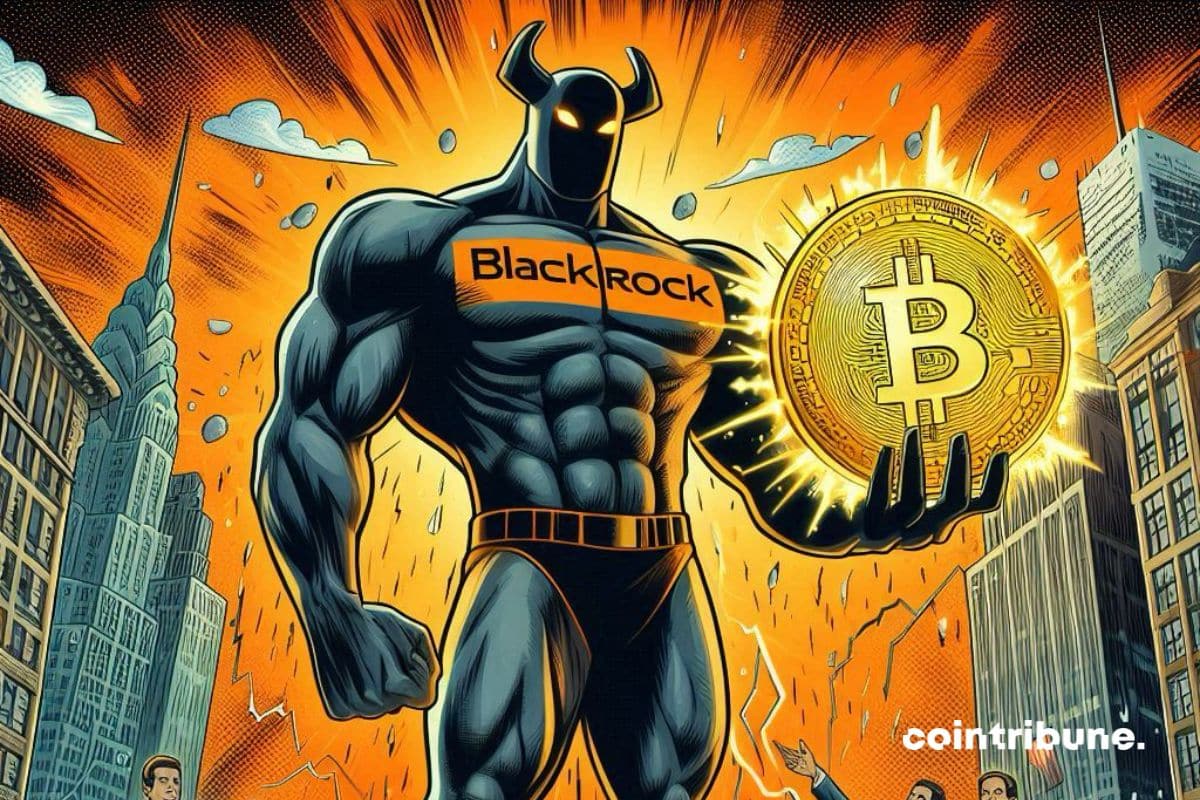European authorities are not very favorable towards bitcoin, to say the least, but the German election could change the game.
Trading Exchange RSS
The world of crypto is an arena where every major incident reshapes market dynamics. Indeed, the colossal hack of $1.4 billion suffered by Bybit, one of the largest centralized exchanges, raises an important question: Can Ether still surpass $3,000 despite this shock? This hacking, the largest in the history of crypto, comes at a time when the Ethereum market wavers between hope and uncertainty. Bybit reacted by buying back over 106,000 ETH to compensate for its losses. Such a situation has created buying pressure that could reverse the asset’s bearish trend. However, will this massive buyback be enough to turn the tide, or does the threat of massive liquidations risk annihilating this rebound?
On February 21, 2025, Web3 faced its most devastating hack yet—Bybit, a leading exchange, was hacked for $1.4 billion in ETH and staked ETH, sending shockwaves through the digital asset community. This unprecedented breach exposed a persistent truth: centralized exchanges (CEXs) are the Achilles’ heel in Web3 security.
Strategy strengthens its position with 20,356 bitcoins purchased for $2.00 billion. Discover the details of this acquisition in this article!
In the whirlwind of Sino-American tensions, Bitcoin ETFs lost $1.14 billion in two weeks, victim of a geopolitical cataclysm, amid tariff threats and market uncertainty.
After months of excitement, the frenzy surrounding the launch of tokens on Solana is slowing down significantly. Pump.fun, the leading platform for launching memecoins, is experiencing a marked decline in its activity and revenue. Amid growing mistrust and market fatigue, the enthusiasm for these ultra-speculative tokens seems to be fading.
Bitcoin is evolving in an almost critical equilibrium zone. Usually subject to marked fluctuations, the asset has recorded historically low implied volatility in recent days, a situation that is as intriguing as it is worrying for analysts. As the markets await a strong signal, a well-known figure in the sector, Michael Saylor, suggests a new massive buying movement for his company Strategy. Is the Bitcoin market on the brink of an explosive move? As open interest in BTC futures declines and volatility reaches historical lows, some indicators suggest that a period of high activity could follow.
Amid revolutionary announcements, technological evolutions, and regulatory turbulence, the crypto ecosystem continues to prove that it is both a territory of limitless innovations and a battlefield of regulatory and economic conflicts. Here is a summary of the most significant news from the past week surrounding Bitcoin, Ethereum, Binance, Solana, and Ripple.
The giant Fidelity has published a very interesting report on the Lightning Network, a network that allows for instant and nearly free bitcoin transactions.
Kraken removes USDT from its platform in Europe and is considering a USD stablecoin. Discover this upheaval in the crypto market!
Bybit's CEO, Ben Zhou, recently addressed the issue of a rollback of the Ethereum blockchain following the hack carried out by the Lazarus group on February 21, 2025. This hack resulted in the theft of 489,395 ETH, amounting to approximately $1.4 billion, spread across 54 wallets. During a session on X on February 22, Zhou discussed various measures to recover the stolen funds, including the possibility of a rollback of the Ethereum blockchain. This procedure would allow him to recover the stolen funds, but at what cost?
The Lazarus group, the main suspect in the historic hacking of Bybit estimated at $1.4 billion, would also be involved in recent memecoin scams on Solana, notably via the Pump.fun platform, according to findings by blockchain investigator ZachXBT.
Altcoins are gaining ground again, but this time, the scenario seems different. Historically, each altseason was triggered by a rotation of capital from Bitcoin to alternative cryptos, leading to a widespread market rally. However, according to Ki Young Ju, CEO of CryptoQuant, this cycle may be mutating. He claims that the current dynamics are not based on a flight from Bitcoin's dominance, but rather on liquidity flows from stablecoins. An unprecedented situation that could redefine the trajectory of the crypto market.
The collapse of Shibarium hits Shiba Inu like a thunderclap: 96% fewer transactions, a wreck for the meme crypto, taking with it the hopes of investors.
Michael Saylor, co-founder of Strategy (formerly MicroStrategy), hinted that his company is set to resume its massive Bitcoin purchases after a brief one-week pause. This announcement comes as Strategy continues its 21/21 plan, aimed at accumulating even more BTC.
In a crazy quest to save the American economy, VanEck sees bitcoin as a miracle cure. Could a strategic reserve of cryptocurrency really wipe out 21 trillion in debt by 2049?
Imagine the scene: Elon Musk, black sunglasses and a MAGA cap firmly on his head, wielding a red chainsaw under the applause of a conservative crowd. Behind him, Javier Milei, Argentine president and figure of ultraliberalism, wears a triumphant smile. On Thursday, February 20, 2025, at the CPAC in Washington, the symbol is violent, almost punk. The chainsaw, gifted by Milei to Musk, embodies much more than a media gadget. It summarizes a declared war against bureaucracy, waged by two iconoclasts determined to redefine the rules of power.
The rise of cryptocurrencies goes beyond speculation and investment. Indeed, the actual use of these assets as a means of payment has reached an unprecedented level, transforming the perception of the sector. Binance Pay, the payment tool of the giant Binance, has just recorded $72.4 billion in transactions in 2024, a figure that reflects increasing adoption. This surge can be attributed in particular to the important role of stablecoins and a diversification of uses, in a context where traditional players struggle to keep pace. While crypto payments were still marginal a few years ago, Binance Pay is now establishing itself as a key player in this revolution.
The crypto market is often unpredictable, but this time, some investors are looking not at technical charts, but at the sky. Indeed, on February 28, a rare alignment of seven planets (Mars, Jupiter, Saturn, Venus, Uranus, Mercury, and Neptune) is drawing the attention of astrologers and the crypto community. According to several experts in financial astrology, this cosmic configuration could signify strong turbulence for Bitcoin and the entire market. Between skepticism and mystical beliefs, the idea that the stars could dictate price movements is divisive, but one thing is certain: the climate of uncertainty is settling in.
The Solana ecosystem is currently going through a period of turbulence due to the increase in scams related to memecoins. The drop in capital flows and the 40% decrease in active users reflect a loss of confidence among investors. However, this crisis could cleanse the market and strengthen the network's credibility.
Warren Buffett is not a man who speaks into the void. When he speaks, the financial world listens. At 94 years old, the legendary investor uses his annual letter to shareholders to deliver a blunt message to Washington: budgetary excesses and monetary instability threaten the American economy. This alarm signal comes at a time when Berkshire Hathaway is recording spectacular financial performances, with a record profit and a historic cash reserve of $334.2 billion. Thus, in a market where investment opportunities are becoming scarce, Buffett favors caution and is preparing to hand over to his designated successor, Greg Abel.
Financial markets are full of analogies and historical models that analysts scrutinize closely to anticipate trends. In the crypto universe, the history of Bitcoin often serves as a compass for understanding the evolution of other major assets. Today, Ethereum seems to be following in the footsteps of BTC, replicating the patterns of its third cycle. This parallel fuels speculation: if history repeats itself, ETH could soon cross a decisive threshold.
Like a magician playing with billions, Lazarus Group makes money from crypto exchanges disappear. Bybit and Phemex? The same sleight of hand, discovered too late.
The idea of an income tax has long been a pillar of the tax policy in the United States. However, Donald Trump intends to challenge this model and proposes to completely replace it with an import tax system. A study conducted by Dancing Numbers claims that this project could generate significant savings for Americans, amounting to $134,809 per individual, and up to $325,561 by eliminating other levies on labor income. But this proposal, if it were to materialize, would not be without consequences for both consumers and the overall economy. Between the promise of increased purchasing power and the risks of trade tensions, this tax reform is already a subject of debate.
The CEO of Bybit, Ben Zhou, has recently taken a strong stance against Pi Network ($PI), stating that it is a scam and that his exchange will never list a fraudulent project. This statement follows a controversy triggered by a Pi Network page, which claimed that Bybit was losing its influence in the crypto market after Pi Network allegedly refused to be listed on the exchange.
The crypto industry has just experienced a strategic twist. Franklin Templeton, a giant in asset management, is launching its Bitcoin & Ether ETF (EZPZ), a bold move that redefines access to cryptocurrencies. Far from being a mere financial product, this ETF embodies a subtle break between the era of individual speculation and that of structured institutional adoption.
BlackRock's Bitcoin ETF now dominates the market with over 50% of assets under management, solidifying its leadership position among ETF issuers in the United States. This dynamic comes as Bitcoin ETFs experience three consecutive days of withdrawals, testing the resilience of BTC.
Binance's BNB Chain blockchain is set to deploy a major update in mid-March 2025, called "Pascal", which will introduce native smart contract wallets. This technical evolution aims to enhance its compatibility with Ethereum and optimize transaction management.
In an already geopolitically tense context marked by increasing economic tensions, Donald Trump has rekindled trade hostilities and is once again targeting the BRICS. The American president called the economic alliance "dead" and threatened to hit its members with a 100% tax on their exports to the United States if they continued to challenge the supremacy of the dollar. This statement immediately provoked a diplomatic reaction from China, which condemned a destructive protectionism and affirmed its commitment to strengthening cooperation among emerging economies.
The crypto subsidiary of Société Générale is continuing its multichain expansion with the deployment of its euro stablecoin EURCV on the Stellar network. This strategic initiative, announced last Thursday, is part of a broader approach aimed at strengthening the bridges between traditional finance and the world of cryptocurrencies.





























